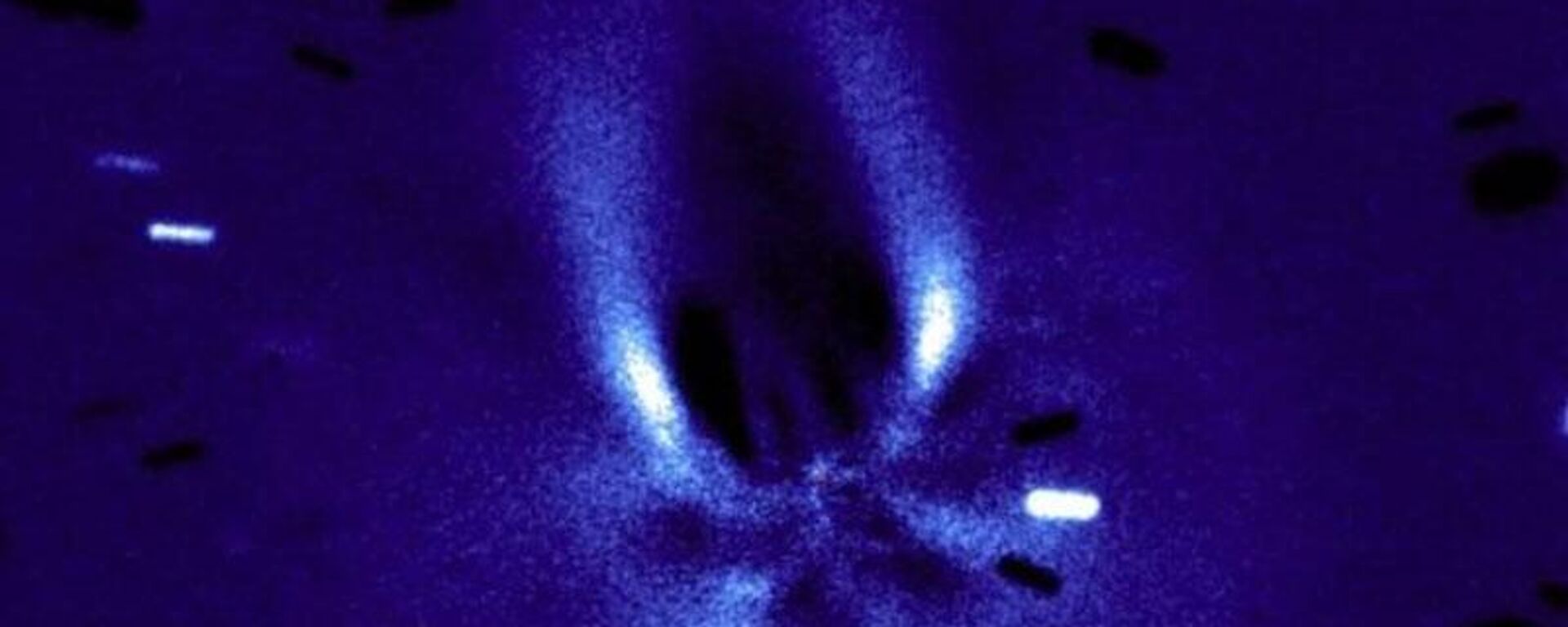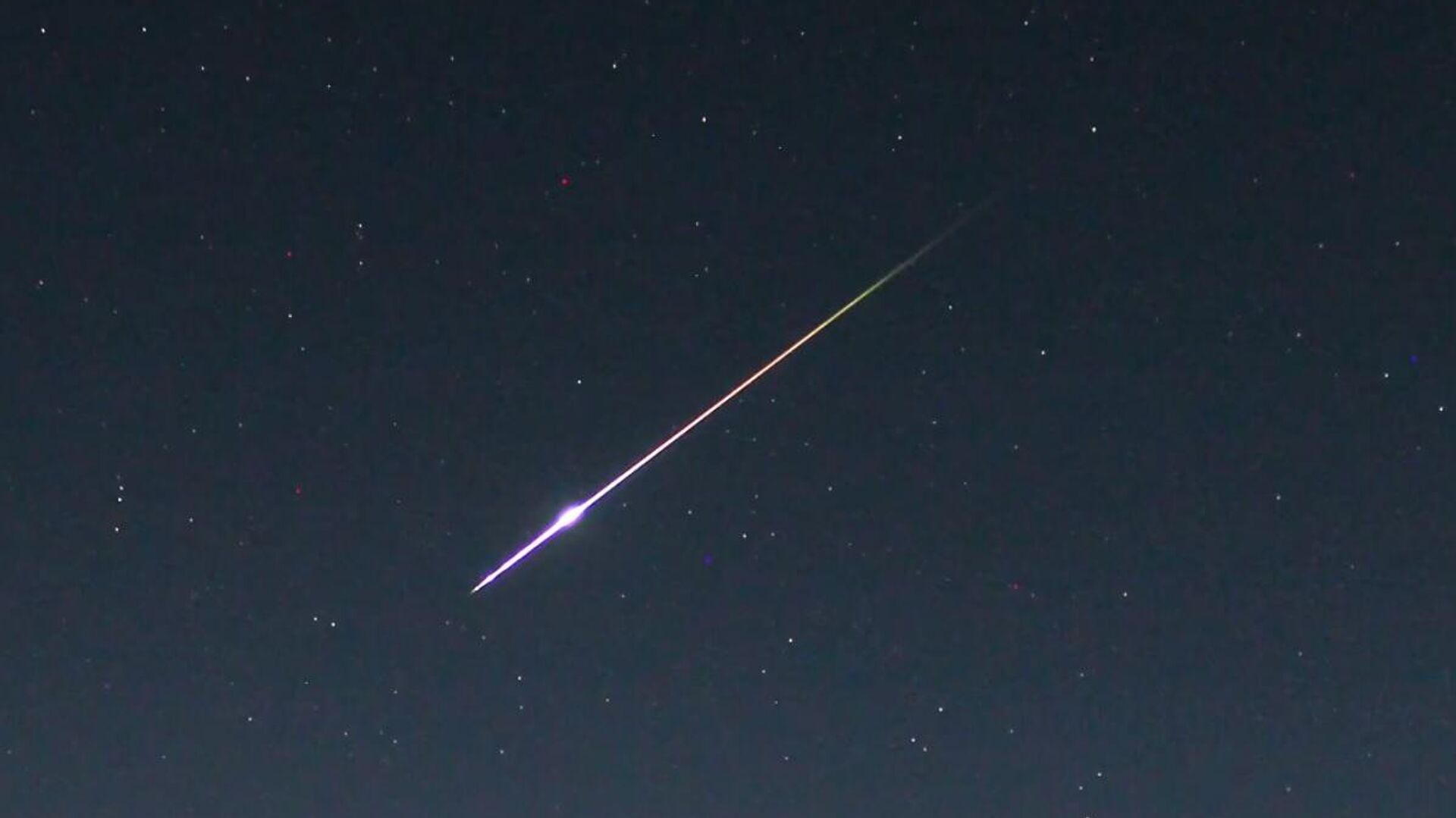https://sputnikglobe.com/20231117/amateur-astronomers-prepare-for-peak-of-leonid-meteor-shower-1115034836.html
Amateur Astronomers Prepare for Peak of Leonid Meteor Shower
Amateur Astronomers Prepare for Peak of Leonid Meteor Shower
Sputnik International
Skywatchers with their eyes trained to the heavens on Friday night will be treated to the peak of the Leonid meteor shower, a prolific display of shooting stars that comes every November.
2023-11-17T22:03+0000
2023-11-17T22:03+0000
2023-11-17T22:01+0000
beyond politics
american meteor society
comet
meteor shower
astronomy
stargazing
https://cdn1.img.sputnikglobe.com/img/07e6/0b/12/1104354536_0:59:1199:733_1920x0_80_0_0_893ead45a6e8e83dd080702ee43b791b.jpg
According to the American Meteor Society, the Leonid meteor shower will reach its peak intensity on Friday night and early Saturday morning, with viewers able to see between 10 and 15 shooting stars per hour. The brightness of the moon, which is waning and at just 23% of its peak intensity, should offer little barrier to observation, the group said.“You can still see some meteors if you’re in the city, but you’re not going to see anywhere near the number that you get to see if you get out of the city.”The meteor shower is called the Leonids because it appears to radiate from the constellation Leo in the northern sky, but in fact the meteors are tiny pieces left behind by the comet Temple-Tuttle as it crosses Earth’s orbit. Leo can easily be found in the northern celestial hemisphere near the ecliptic, or the path traced by the sun, moon, and planets across the sky. Its stars form a "backwards question-mark" shape next to the bright blue star Regulus.Because Temple-Tuttle orbits the sun every 33 years, the Leonid meteor shower is especially intense in those years, reaching up to 1,000 shooting stars per hour. The next outburst is expected around 2033.If viewers miss the opportunity to look upward on Friday night, they can still see the Leonids until early December, or just wait until next November when Earth will pass through the comet’s tail once again.
https://sputnikglobe.com/20231016/huge-city-sized-comet-sprouts-horns-after-cryovolcanic-eruption-1114240448.html
Sputnik International
feedback@sputniknews.com
+74956456601
MIA „Rossiya Segodnya“
2023
News
en_EN
Sputnik International
feedback@sputniknews.com
+74956456601
MIA „Rossiya Segodnya“
Sputnik International
feedback@sputniknews.com
+74956456601
MIA „Rossiya Segodnya“
leonid meteor shower, stargazing in november, what meteor shower is happening now
leonid meteor shower, stargazing in november, what meteor shower is happening now
Amateur Astronomers Prepare for Peak of Leonid Meteor Shower
Skywatchers with their eyes trained to the heavens on Friday night will be treated to the peak of the Leonid meteor shower, a prolific display of shooting stars that comes every November.
According to the American Meteor Society, the Leonid meteor shower will reach its peak intensity on Friday night and early Saturday morning, with viewers able to see between 10 and 15 shooting stars per hour.
The brightness of the moon, which is waning and at just 23% of its peak intensity, should offer little barrier to observation, the group said.
“The most important thing is to get away from light pollution,” Dr. Sharon Morsink, a professor of physics at the University of Alberta, told US media about observing the meteor show.
“You can still see some meteors if you’re in the city, but you’re not going to see anywhere near the number that you get to see if you get out of the city.”

16 October 2023, 21:24 GMT
The meteor shower is called the Leonids because it appears to radiate from the constellation Leo in the northern sky, but in fact the meteors are tiny pieces left behind by the comet Temple-Tuttle as it crosses Earth’s orbit.
Leo can easily be found in the northern celestial hemisphere near the ecliptic, or the path traced by the sun, moon, and planets across the sky. Its stars form a "backwards question-mark" shape next to the bright blue star Regulus.
Because Temple-Tuttle orbits the sun every 33 years, the Leonid meteor shower is especially intense in those years, reaching up to 1,000 shooting stars per hour. The next outburst is expected around 2033.
If viewers miss the opportunity to look upward on Friday night, they can still see the Leonids until early December, or just wait until next November when Earth will pass through the comet’s tail once again.



